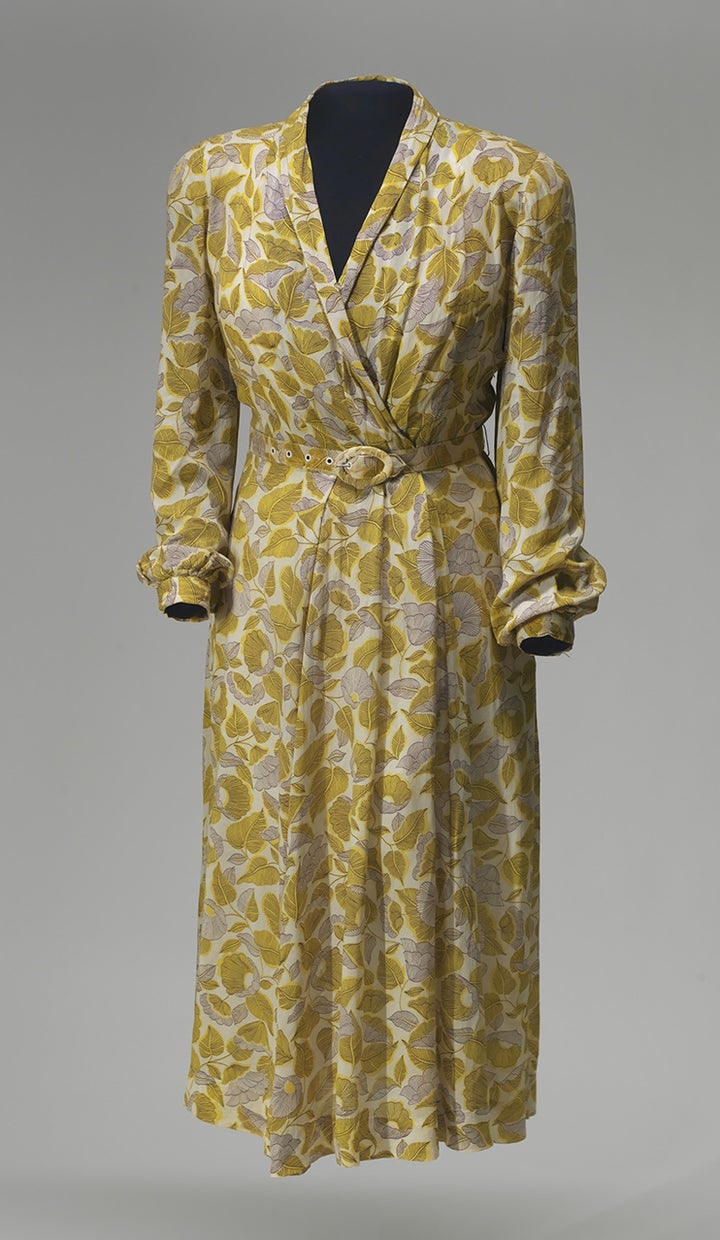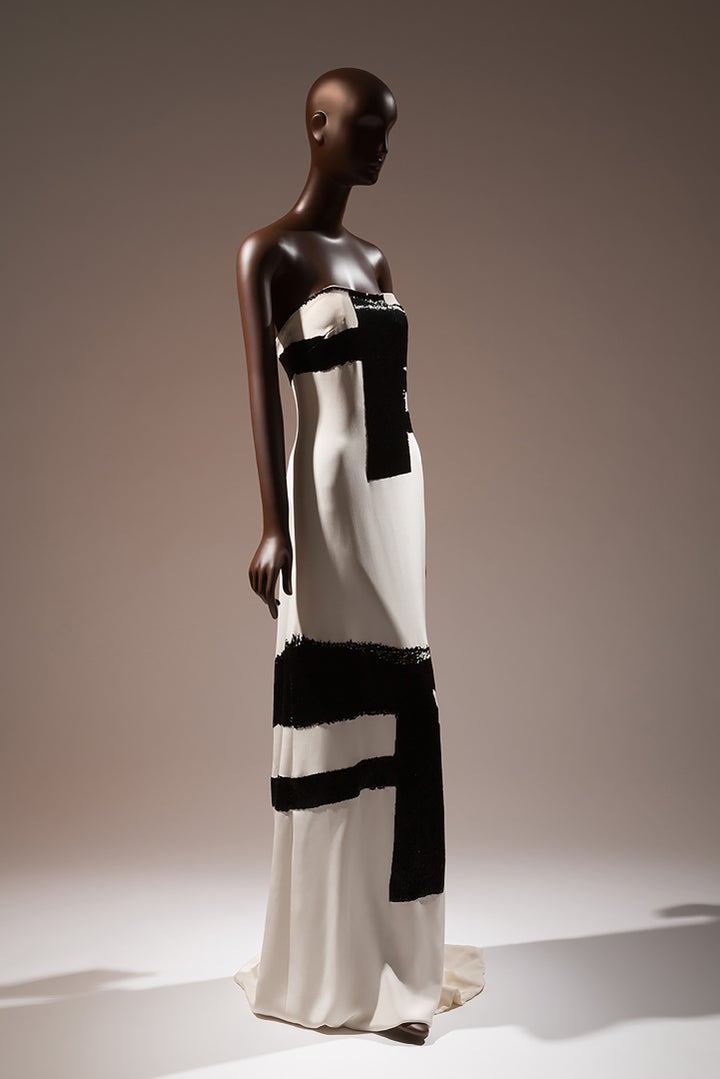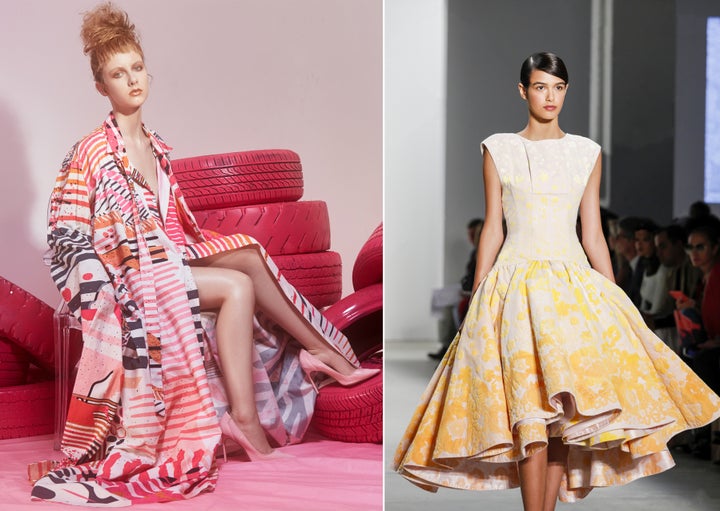Recognizing the historic accomplishments of notable individuals who have propelled American progress is a sentiment of Black History Month. The human qualities that manifest those historical achievements from any person who aims to “touch the stars” like Hidden Figures’s, Katherine Johnson, are patience, faith, and boundless resolve despite insurmountable odds. Faith in remaining resolute is essential in activating one’s full potential for when opportunity presents itself.
Success in the fashion industry by hidden figures in American Fashion is often not emphasized in the education of students studying to become a part of it. When we consider the history of African Americans in The United States that notion not only follows, it is unsurprising. Black History Month’s necessity today reveals our lapses as a country to celebrate what menswear designer at Kenneth Cole, Bryttany Chambers (an Art Institute Alumni), describes as “Black Excellence”. For her, Black History Month is a reminder to “remain driven to push on today.”
The idea of exploring hidden figures both new and experienced in fashion is an opportunity to discover powerful stories. In these stories, we will find a diversity of significance from the historic Ann Lowe designing Jackie Kennedy’s wedding gown to the very dress that then dressmaker, Rosa Parks, had in tow when she was arrested for refusing to give up her bus seat to a white passenger in Montgomery, Alabama in 1955. Her single act of nonviolent protest would begin an eleven-month boycott for desegregation during the Civil Rights Movement. Parks would later go on to describe that quintessential American tale saying, “I had decided I would have to know for once and for all what rights I had as a human being and a citizen of Montgomery, Alabama.”

A dress Rosa Parks had sewn that would witness her arrest in 1955.
American fashion has a unique past unlike any other that is a legitimate gauge of the of equality promised in this country. One hidden figure worthy of his prestigious recognition is Eric Gaskins. The fashion designer turned industry critic shares his 30 years of experience in fashion, including an haute couture apprenticeship with Hubert de Givenchy in Paris, weighing in on how the industry has changed. “…the truth of the matter is that discrimination is as powerful and rampant as always. The Fashion business is an elitist business. Black people have always been kept to the outer edges with only very few of us who’ve been fortunate to be given a seat at the table. I don’t know if that will ever change.” Sure, fashion boasts its small repertoire of historic designers like Stephen Burrows and Ann Lowe, but the history of Black Fashion Designers is still being written.

Eric Gaskins evening gown with crushed bugle beaded details simulating the brush strokes of Franz Kline
With the democratization of fashion in an age of technology, Gaskins rise in the industry is a modern story of the internet. He expresses his frustrations with the fashion industry in his blog, “The Emperor’s Old Clothes”, a scathingly witty criticism of the industry written under an alias. When he revealed his identity in the New York Times, he expressed his concern saying, “I had been so critical and outspoken when it seemed everyone was silent or in agreement with the state of the fashion business then and now…It felt like a good moment to turn the mirror around for the industry to take a look at themselves and their behavior.”
In spite of his own frustrations, Gaskins’s work has been immortalized in the Smithsonian Museum of African American History and Culture in Washington D.C. in the company of Burrows, Lowe, and Parks. “It’s nice to know that my contribution to the industry will live long after I’ve gone. It’s the ultimate compliment.” New platforms and accessibility to information have helped create new opportunities Gaskins didn’t have when he began his career. “Young Black designers have an advantage now thanks to easier access to information. Social Media has leveled the playing field. On the surface, anyway it is more democratic. The best solution is not to wait to be invited but to create your own feast.”
Two designers who are not waiting on the sidelines are the immensely talented best friends, Christopher John Rogers and Jeffrey Taylor. Both new designers were featured in the undergraduate program at The Savannah College of Art and Design fashion show and have begun exciting careers boasting their distinctly identifiable aesthetics in the industry. With each social media share on their Instagram galleries, they inherently redefine preconceived notions of design, presenting boldly modern yet impressively refined taste for budding careers. Rogers on accessibility in fashion: “Thanks to technology, people are able to get their messages out quickly, efficiently, and with their own voices, in their own ways. Contemporary Black designers (in America and globally) are developing viable businesses that may not match conventional models, but there still hasn't been a significant move toward acknowledging the talent of Black designers from more traditional media outside of a conversation about their Blackness.”

LEFT A bold and effervescent printed look by Christopher John Rogers RIGHT Jeffrey Taylor showing at the Supima Cotton International Competiton fashion show at New York Fashion Week 2016
The impressive success these young designers have achieved is palpable. Taylor was selected as the winner of the International Supima Cotton competition showcasing his collection both at New York Fashion Week and Paris Fashion week. Rogers equally impresses with a CFDA nod of approval and an inception into the industry as Associate Designer at DVF. In the end, as Taylor says, the goal is to be recognized as “an American designer that sell to the same clients.”
The dialogue about what we wear and what it says about who we are is always more exciting and rewarding the more voices we involved, and in this way fashion parallels other conversations in society. Black History Month is about the recognition of excellence. However, it is important to remember that recognition once a year is the very least we can do. Every hidden figure has talent that needs constant cultivation, and potential that requires patronage. When we support those who seek excellence, aspiring to our highest standards of human achievement, a distinction between Black History and American History will no longer be necessary. We will be making it together.